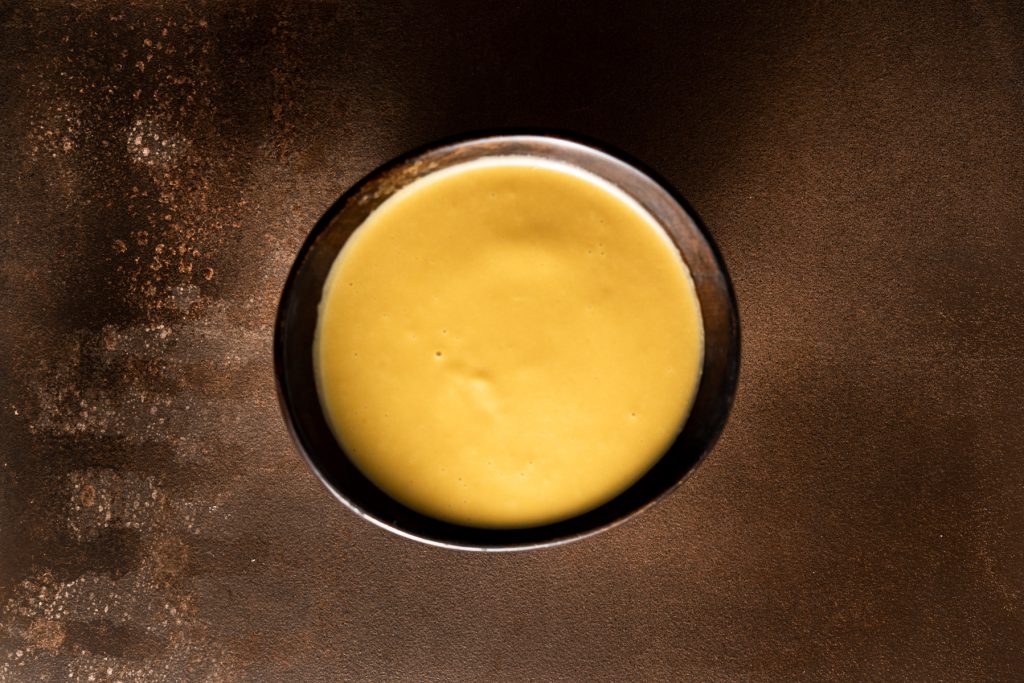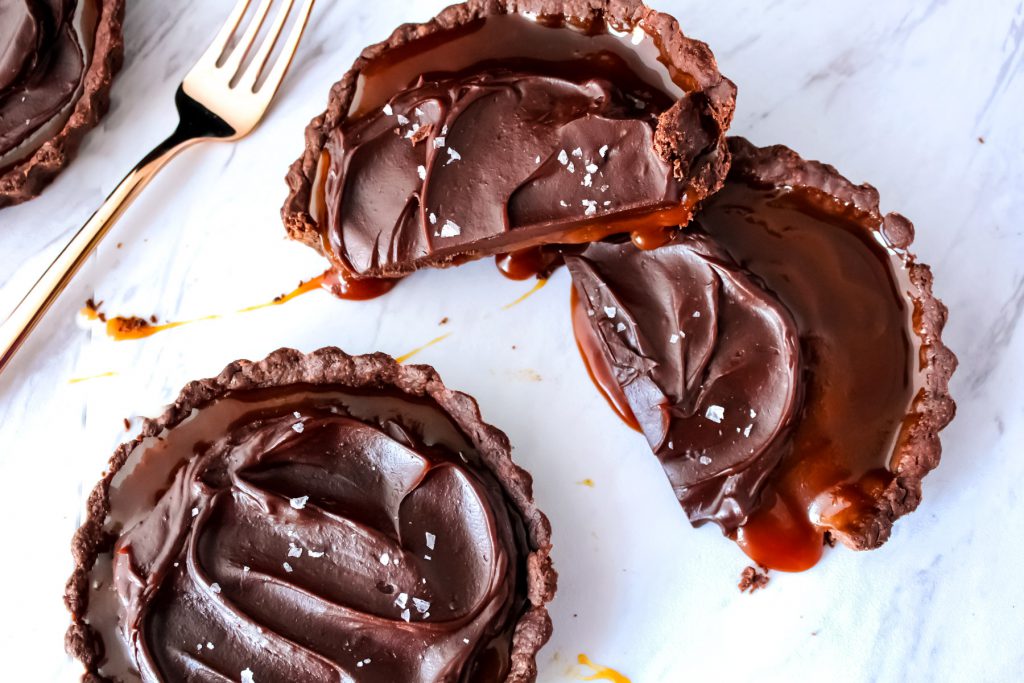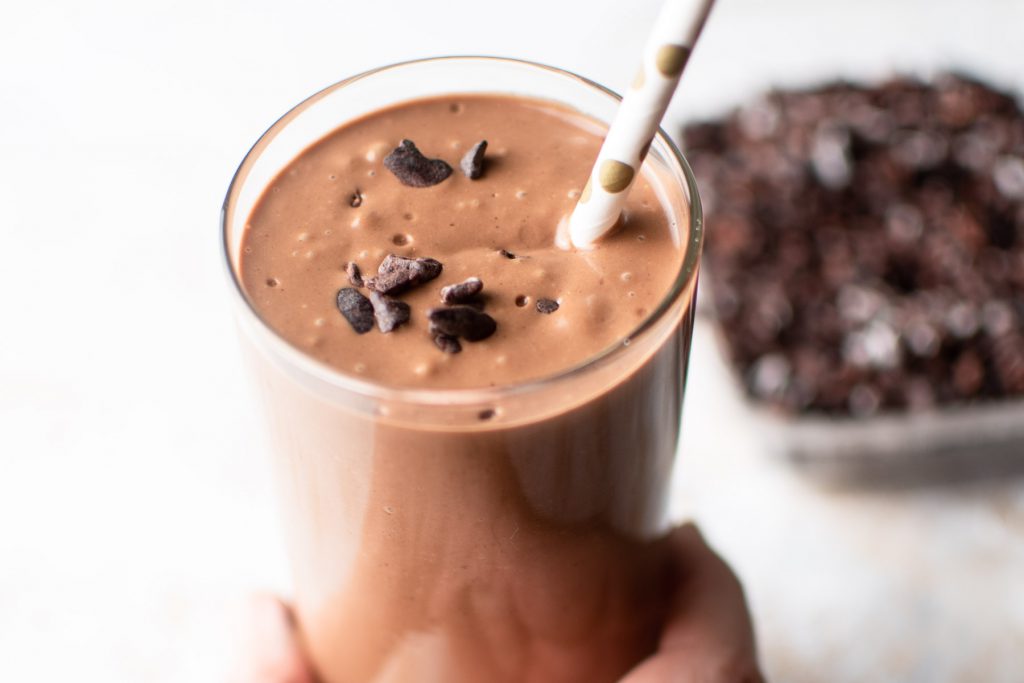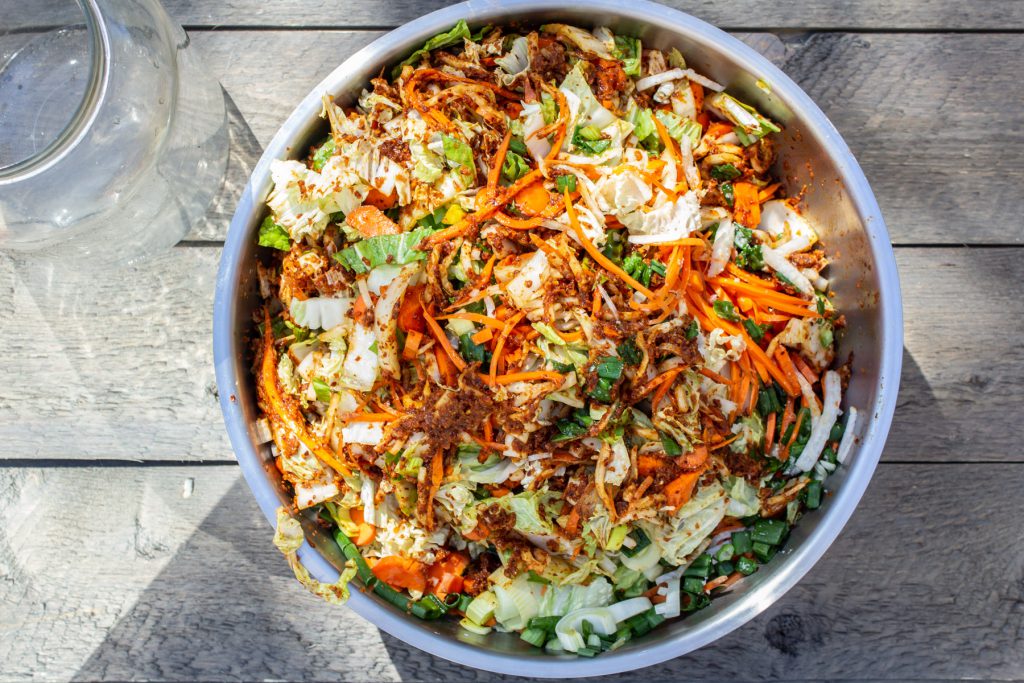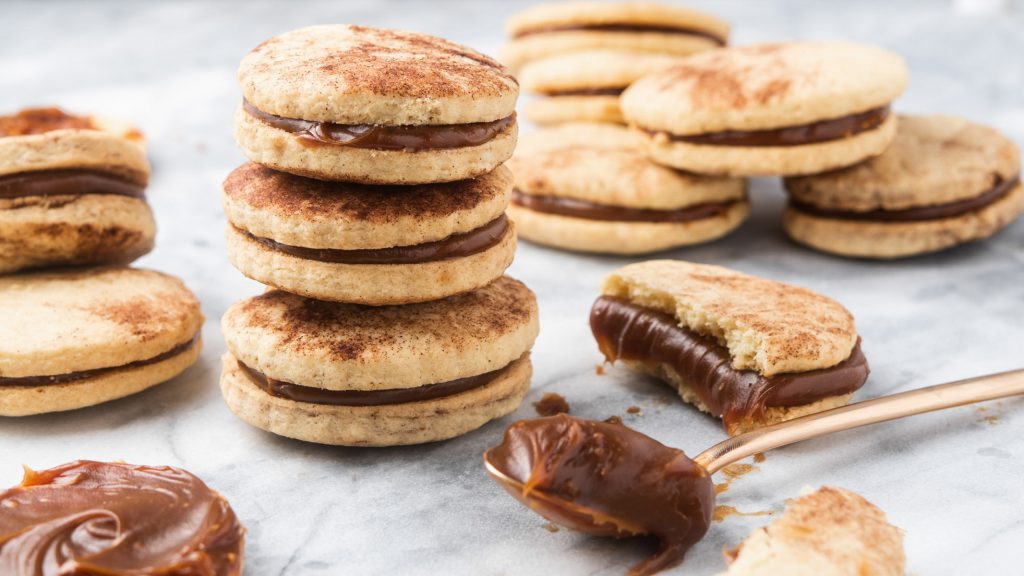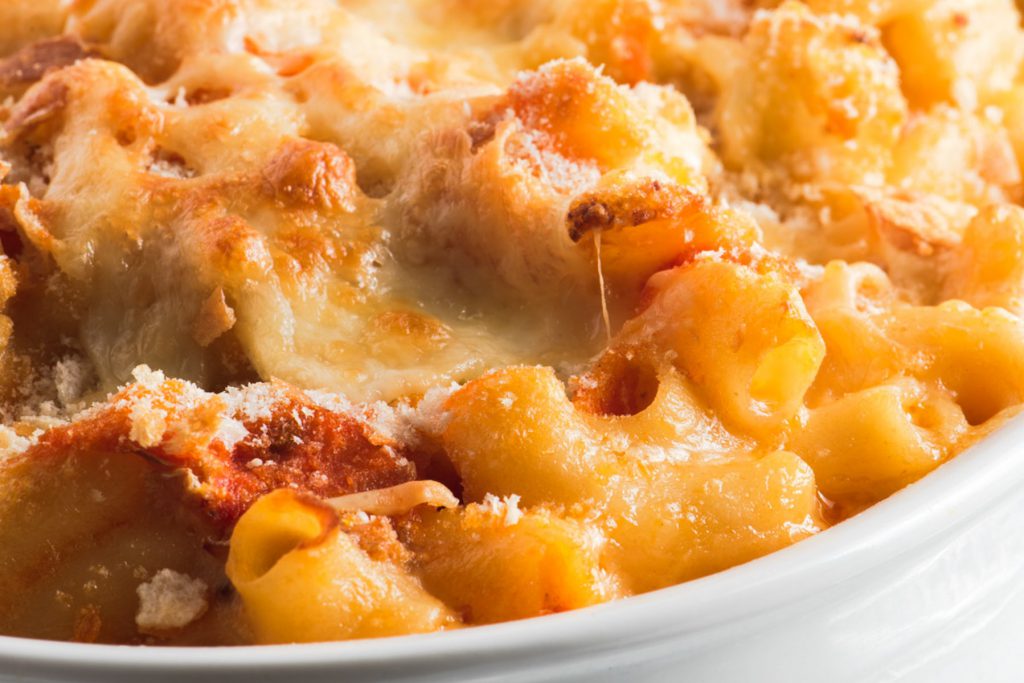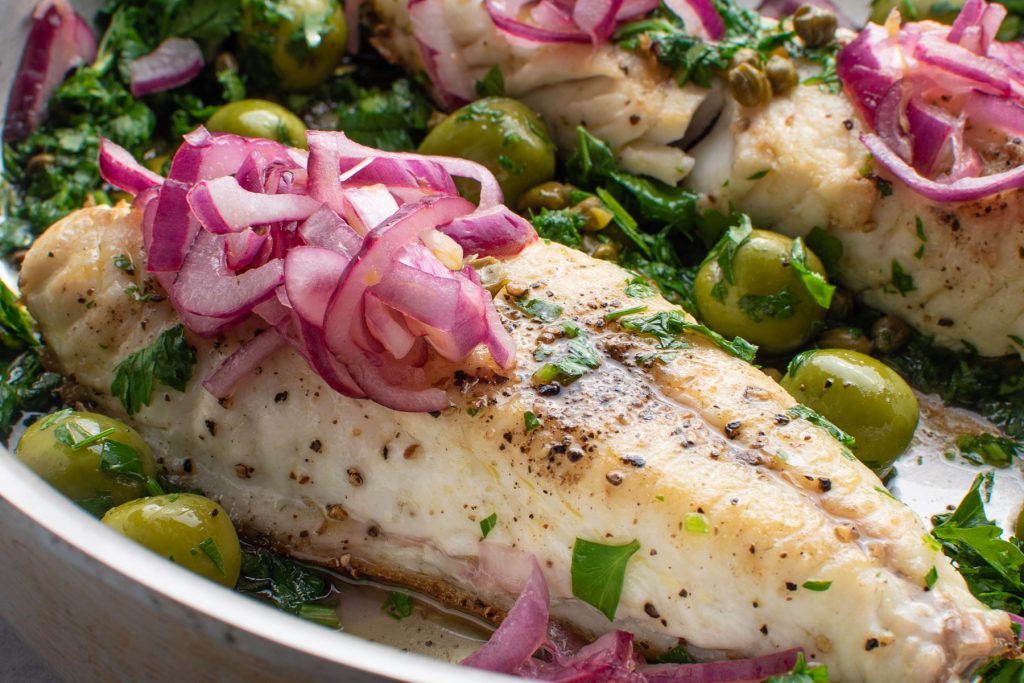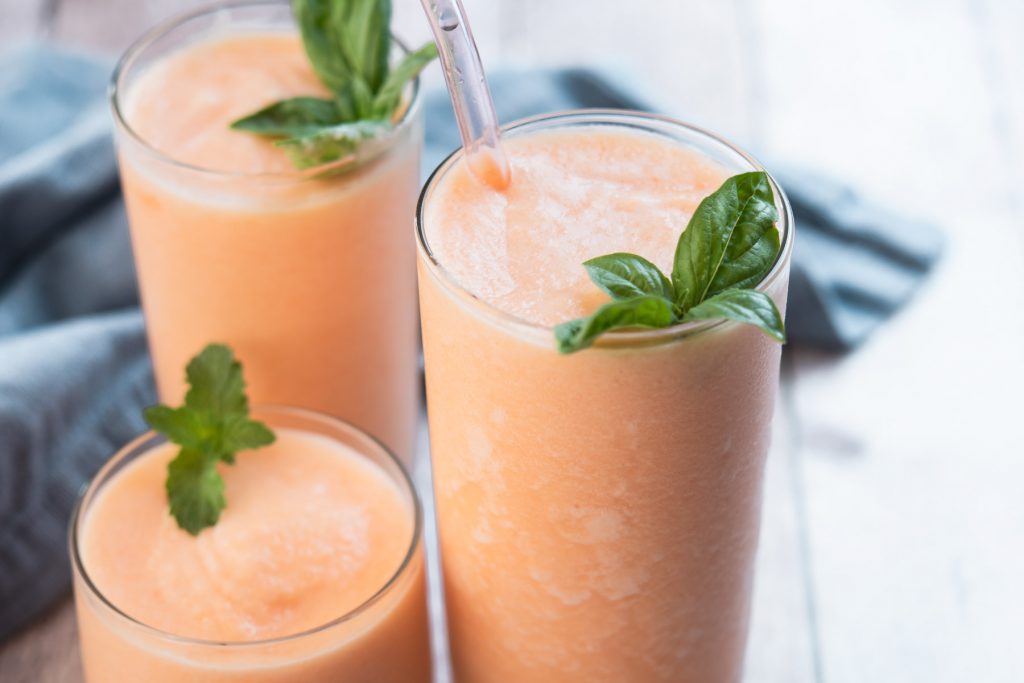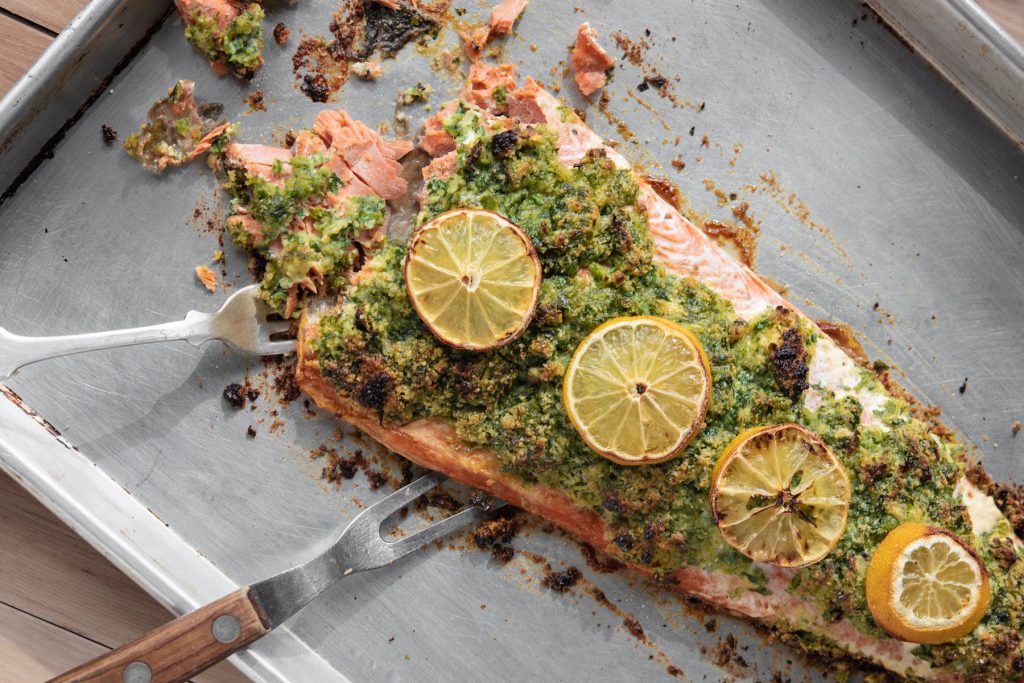Fresh, high-quality ingredients are key to creating fuller flavors. Check labels for the fewest number of ingredients and the least amount of processing. Beware of terms like “natural” that don’t mean anything. Certified organic signals that ingredients have been grown without pesticides, growth hormones, antibiotics, and non-organic feed.
OIL
Stare at the oil section of any grocery store and you’ll start asking questions. Is this one good for cooking and finishing? Should I only trust Italian oils or should I try California, Greek, or Spanish? Can I get a quality oil that’s also affordable?
Olive Oil

Extra-virgin olive oil is renowned for being the top grade of olive oil with the freshest flavor, most antioxidants, and polyphenols. Finding your favorite is all about experimenting because each can have a different flavor profile. When you see a Frayed Apron recipe with olive oil, always assume it is extra virgin. Here are a few ground rules when shopping for olive oil: Look for dark or opaque bottles (olive oil will go rancid when exposed to light). Read the label to identify the country of origin and the stated flavor profile. Many bottles indicate when an oil is good for finishing, low-heat cooking, or both. Look for certification labels by the North American Olive Oil Association or its European counterpart, the International Olive Council. Based on research and taste-testing, I recommend Kirkland Signature Organic EVOO, Zoe, and California Olive Ranch for low-heat cooking or finishing.
Oil for High Heat

A neutral, refined oil with a high smoke point is essential for everyday cooking. Refined coconut oil has a neutral flavor and smoke point of 400°F making it great for sautéing, roasting, and grilling. It’s even useful for baking, imparting tenderness to pastry.
Finishing Oil

Working with finishing oils of different varieties is a real joy. A drizzle of walnut oil or toasted sesame oil can impart richness to noodles, roasted vegetables, dips, and meat. Since finishing oils are unrefined and fragile, they are not good for cooking.
Cooking oils should be stored in a cool, dark place and used within a year of purchase. Store more viscous, less-refined oils in the fridge and use within 8 months after opening.
SALT
Sea salt, produced through evaporation, retains trace minerals and nutrients that carry unique colors and flavors from the original source. Since salt never goes bad, it’s great to have variety. I like using fine sea salt for baking, Celtic gray or Himalayan for cooking, and Maldon flakes for sprinkling at the end.
SPICES
Buy whole spices and grind them as needed for potency and shelf-life. Dried herbs and spices lose their flavor over time so purchase small quantities of dried herbs like oregano and ground spices like turmeric. Keep spices dry and they will last 6 months (dried herbs, ground spices) to 2 years (whole spices).

